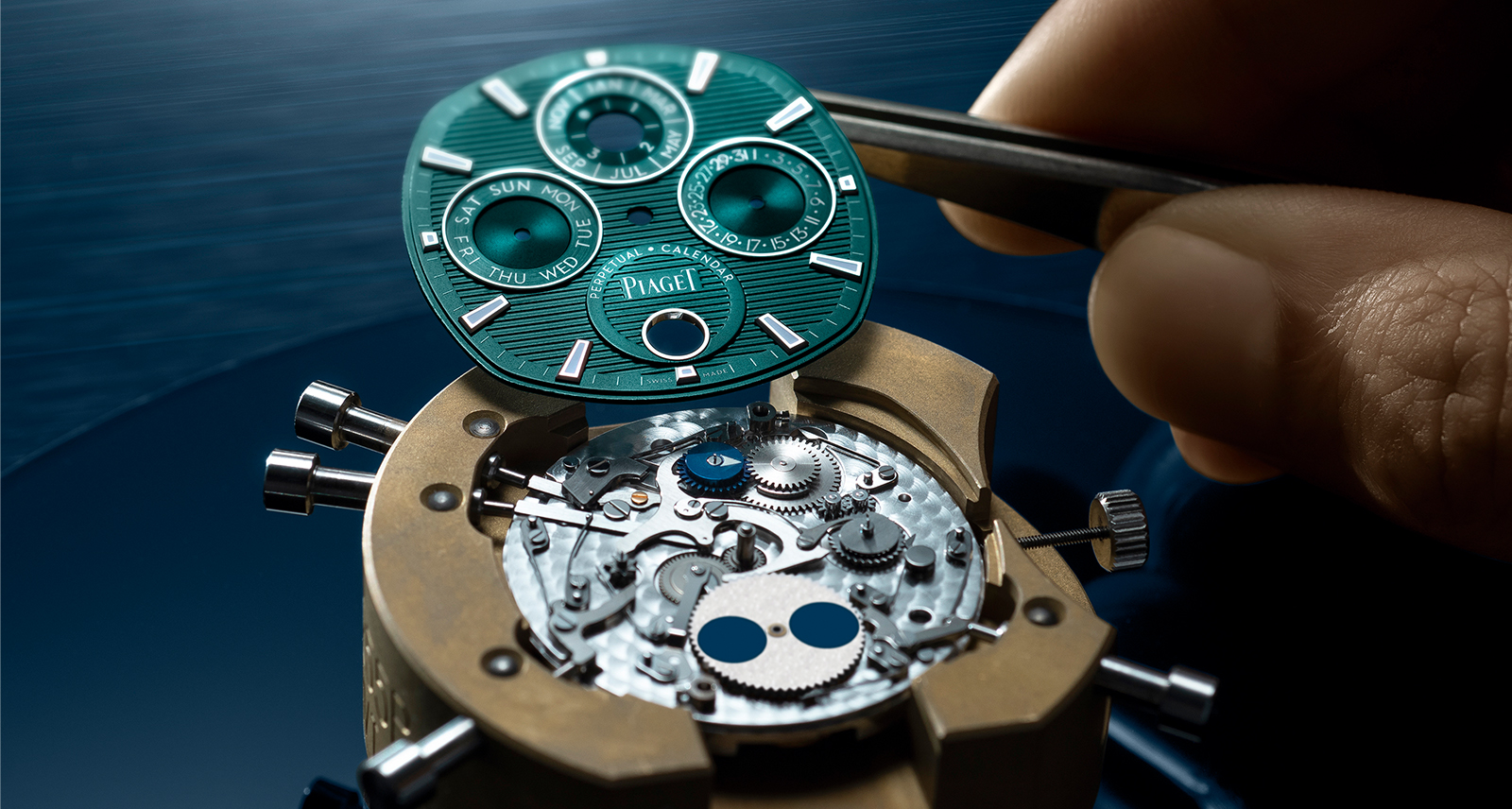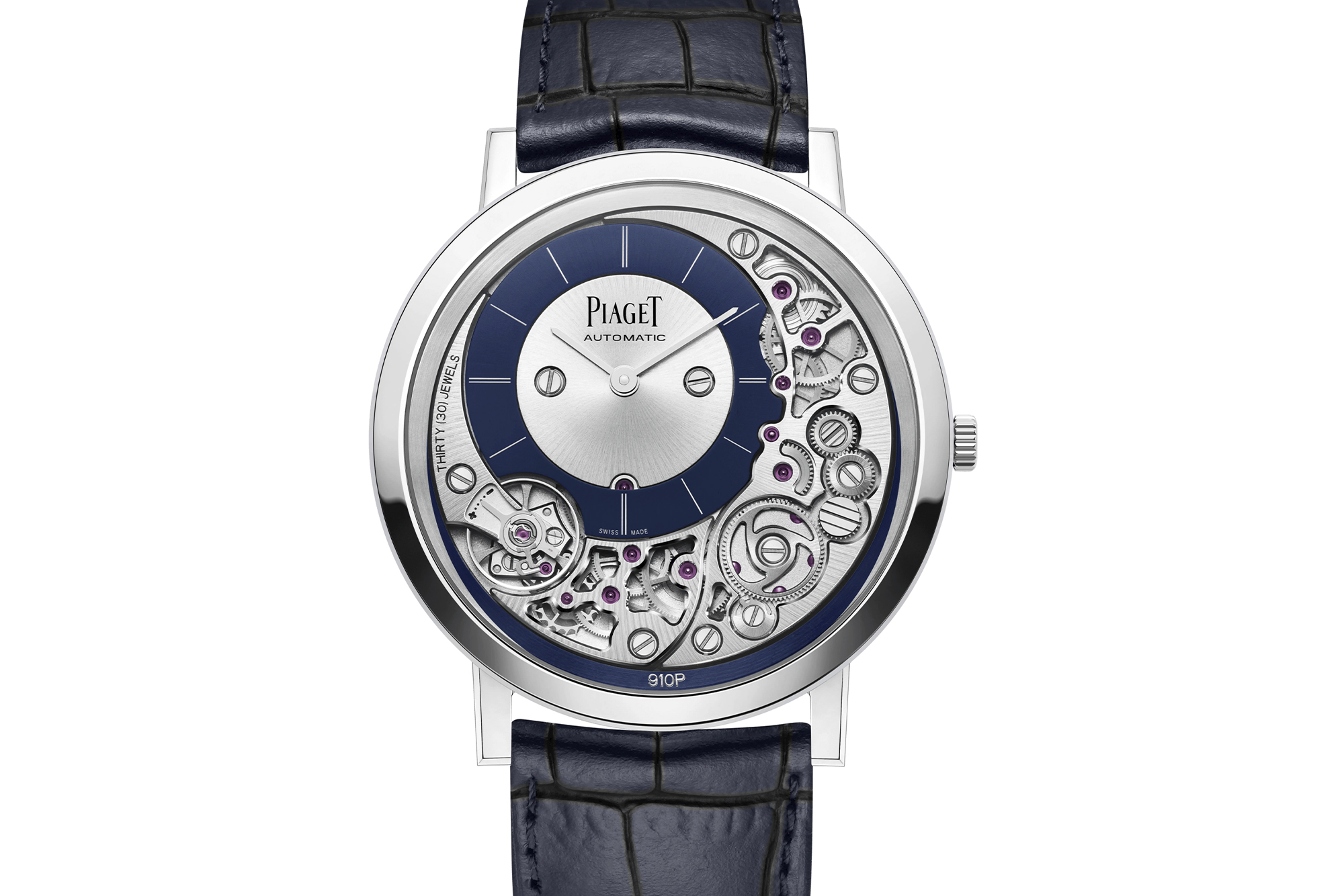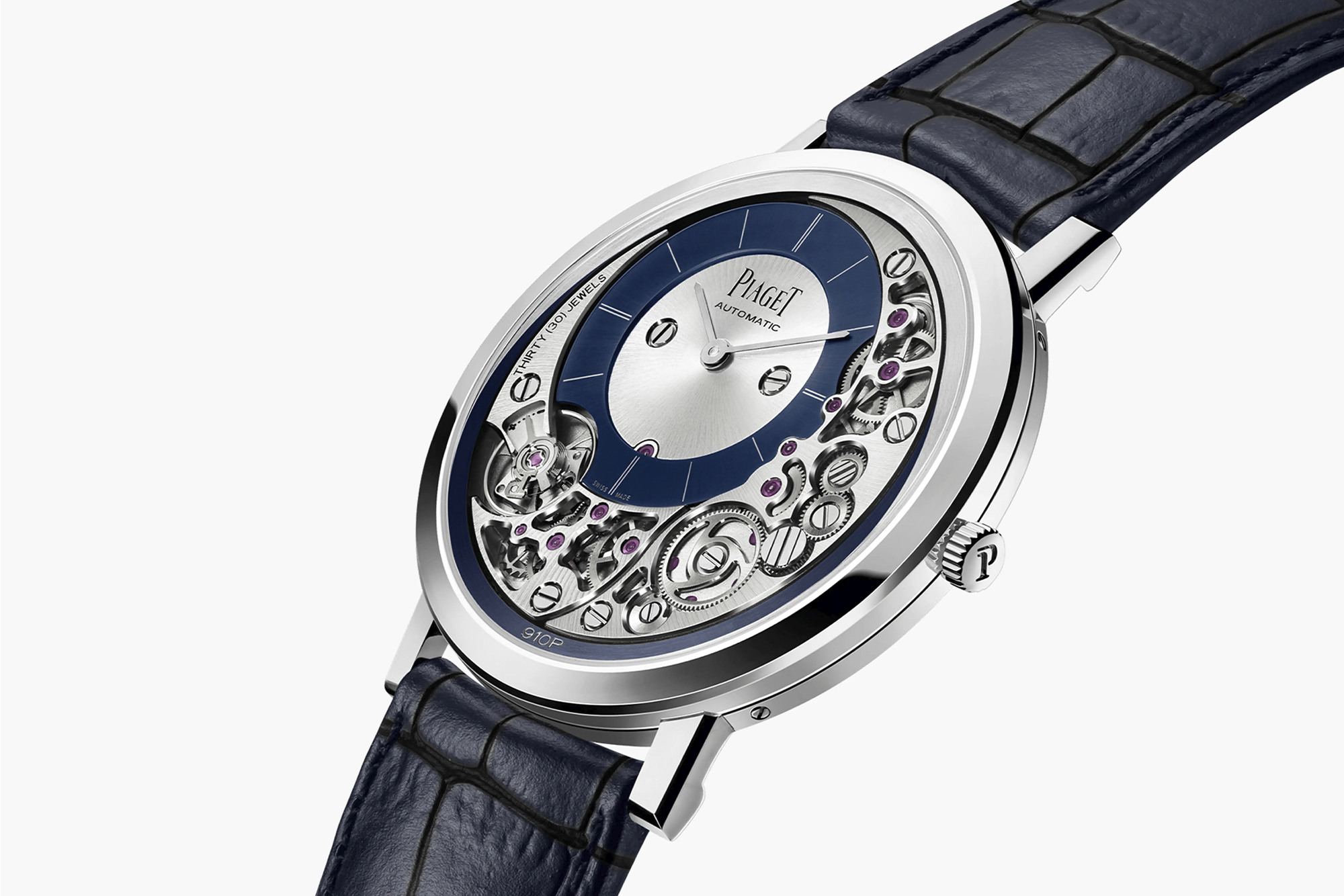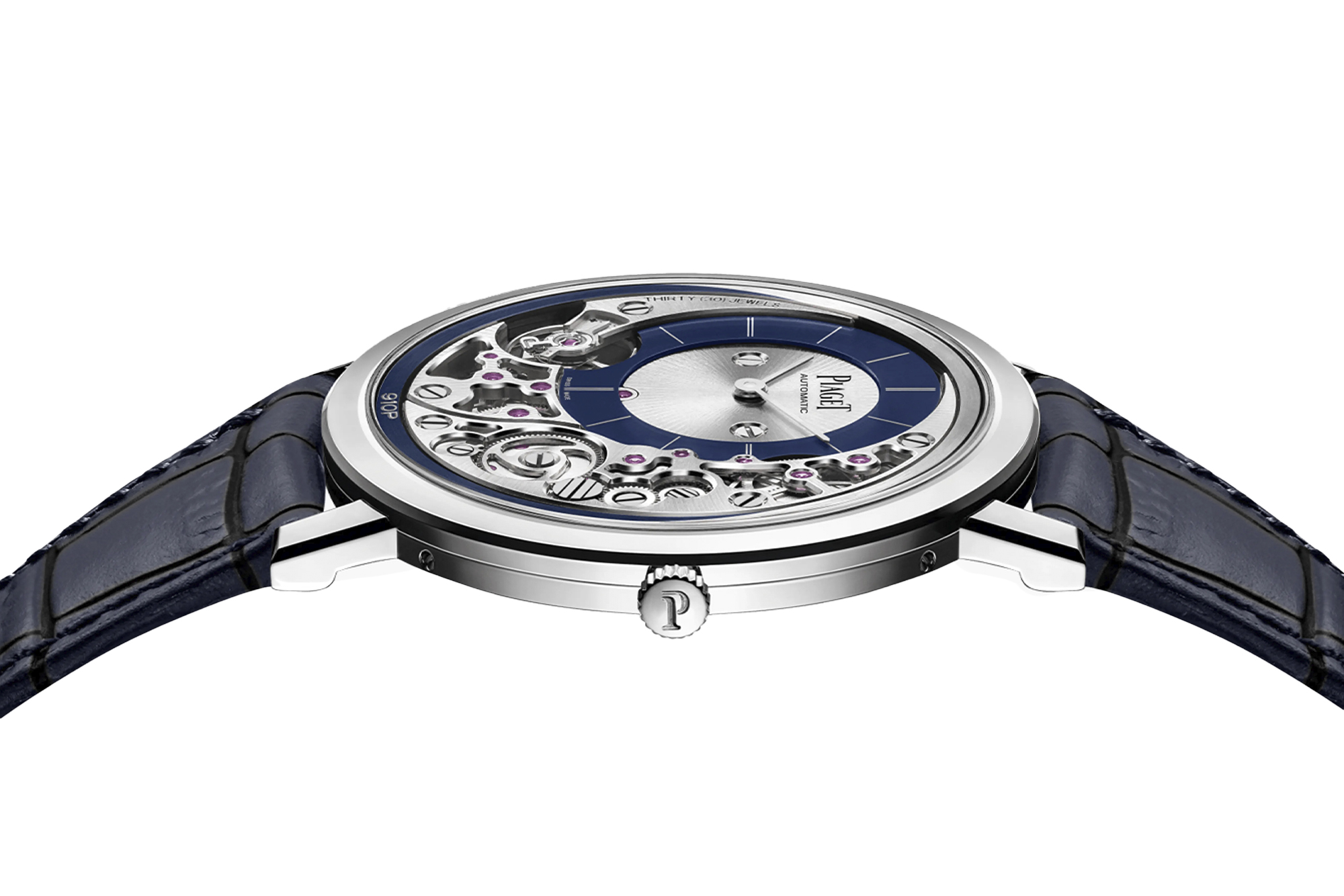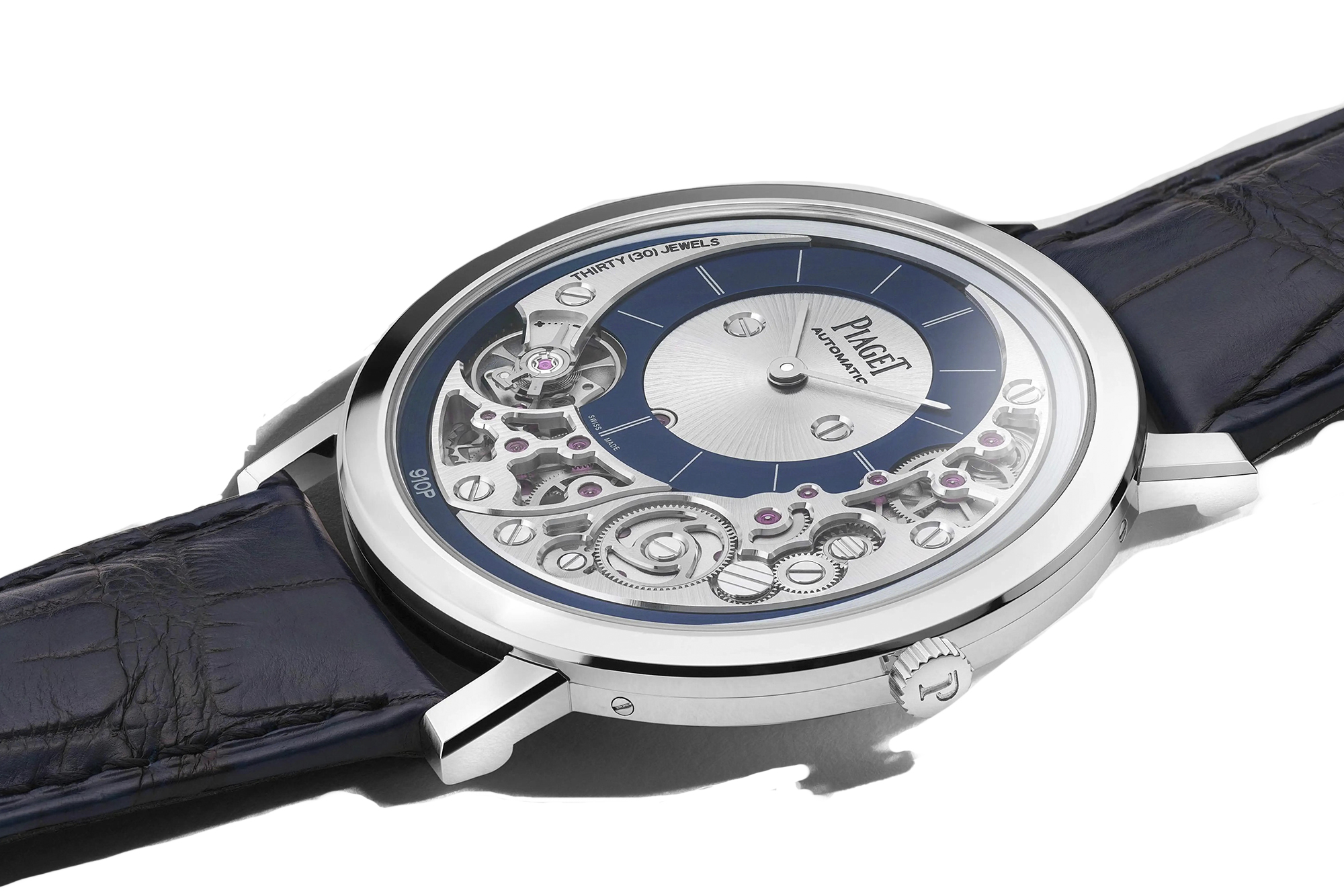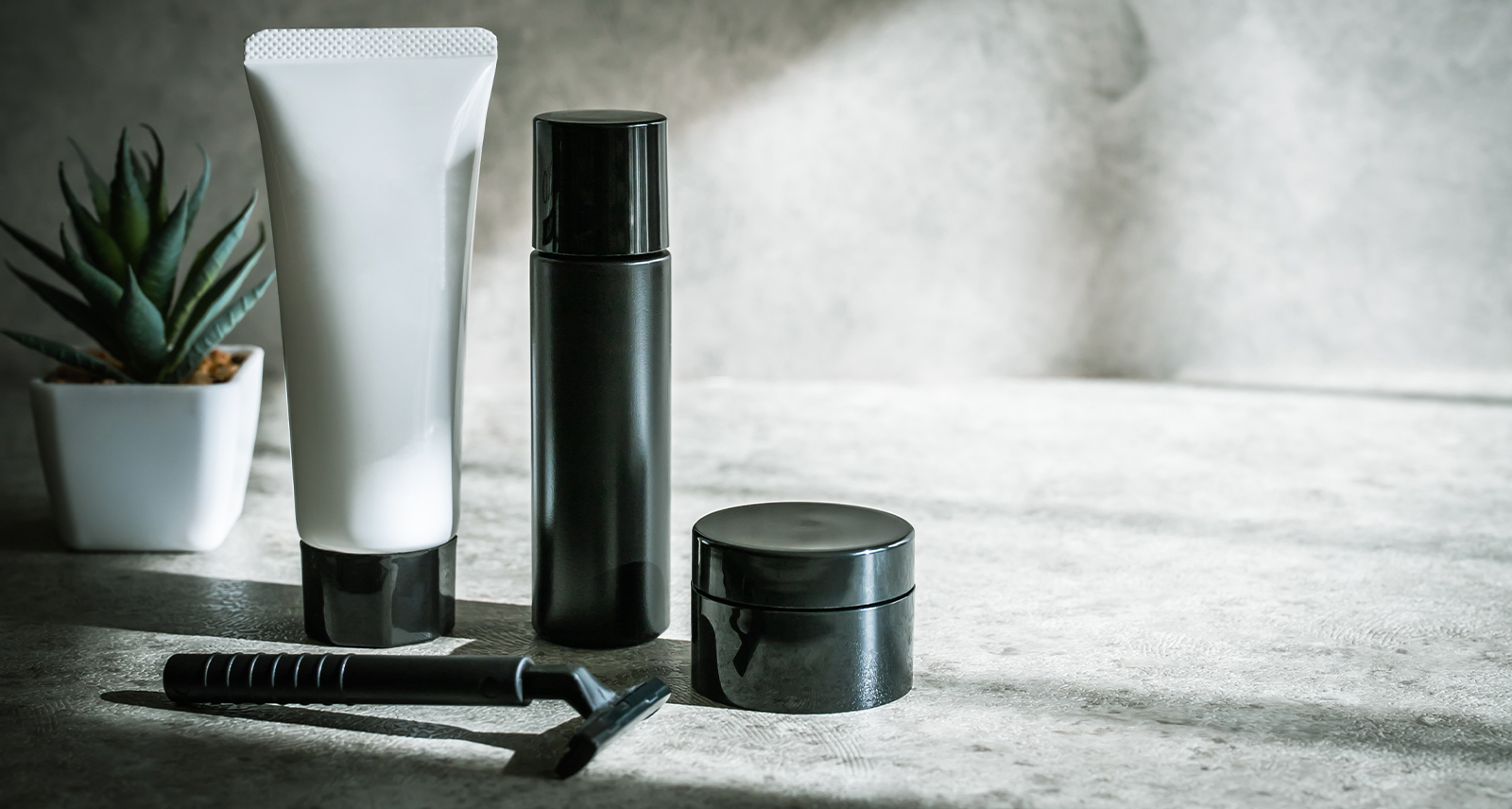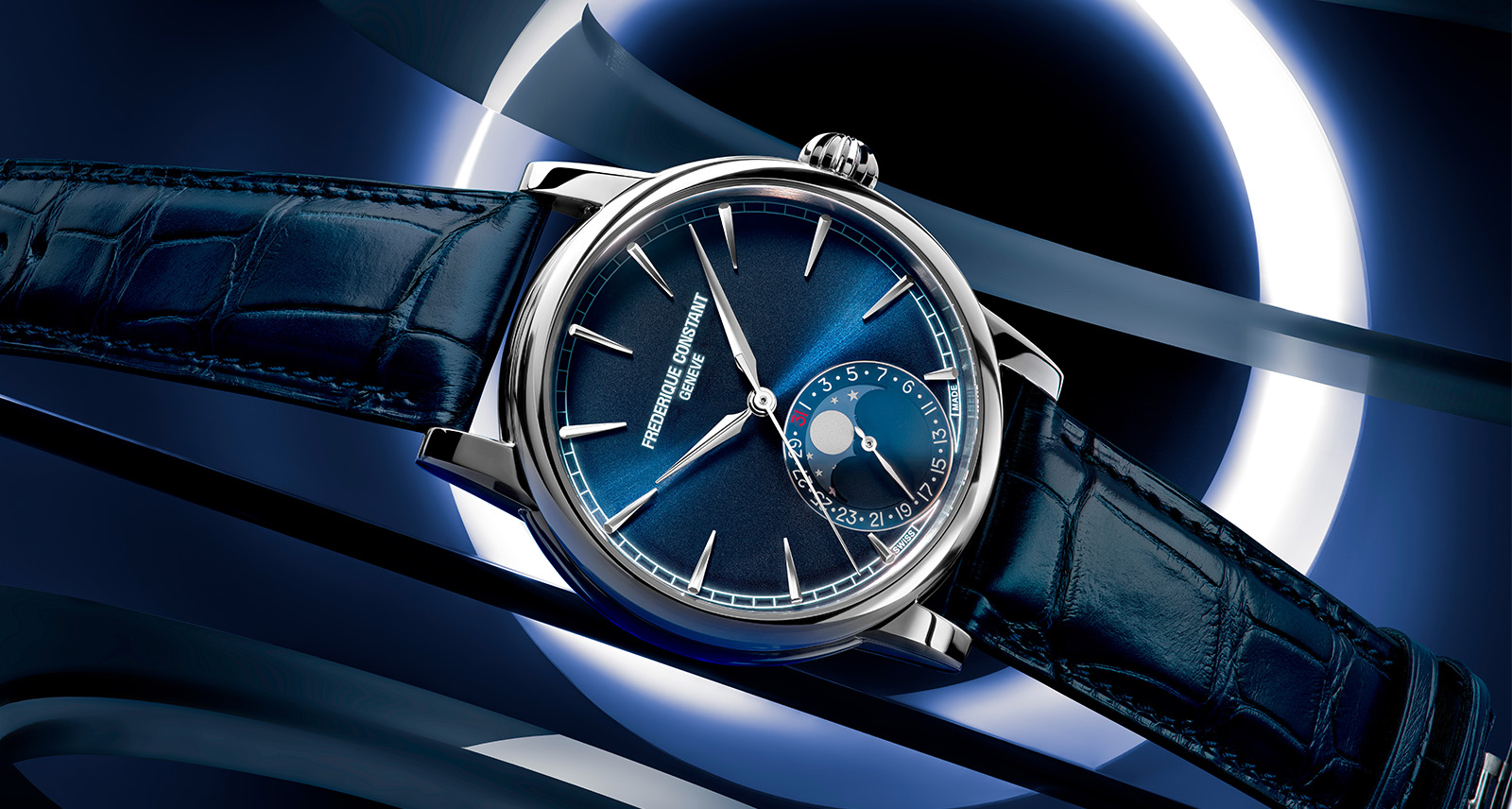For Piaget, Extravagance is Stripped-Back & Ultra-Slim
The Piaget Polo Perpetual Calendar Ultra-Thin makes no bones about its defining characteristic. Launched earlier this year, the watch is the latest addition to the brand’s sporty Polo family, and has a dial marked with horizontal lines (Piaget calls them “godroons”), a 1255P self-winding perpetual calendar movement, and a case that measures just 8.65 mm thick. That’s really, really thin. And that it crams all of the complex mechanicals that allow the watch to accurately display the time, day, date, and even phases of the moon into a case only slightly thicker than the latest iPhone speaks volumes about Piaget’s skills. But this is an area in which the Swiss brand has a wealth of experience, for Piaget has spent over half a century pushing the boundaries of traditional watchmaking and has transformed the development of ultra-thin watches into an art.
The brand began its quest for thinness is the late 1950s, when, under the leadership of Valentin Piaget (the third generation of his family to head up the company), it released the mechanical, hand-wound 9P calibre at the Basel Watch Fair. At just 2 mm thick — not including a case — the 9P movement was the star of the fair in an era when the thinness of your watch was the ultimate mark of sophistication. Several critics had previously deemed the building of such a movement impossible, but Piaget proved them wrong. And this first foray into the world of ultra-thin watchmaking was just the beginning.
“It was a revolution for the brand,” explains Jean-Bernard Forot, head of patrimony for Piaget, “and the culmination of a long history of mastering ultra- thin movements. It led to the worldwide recognition of Piaget’s singularity in high-end watchmaking. Piaget’s in-house mastery of the design, development, and manufacture of the 9P opened the door to great creative freedom.”
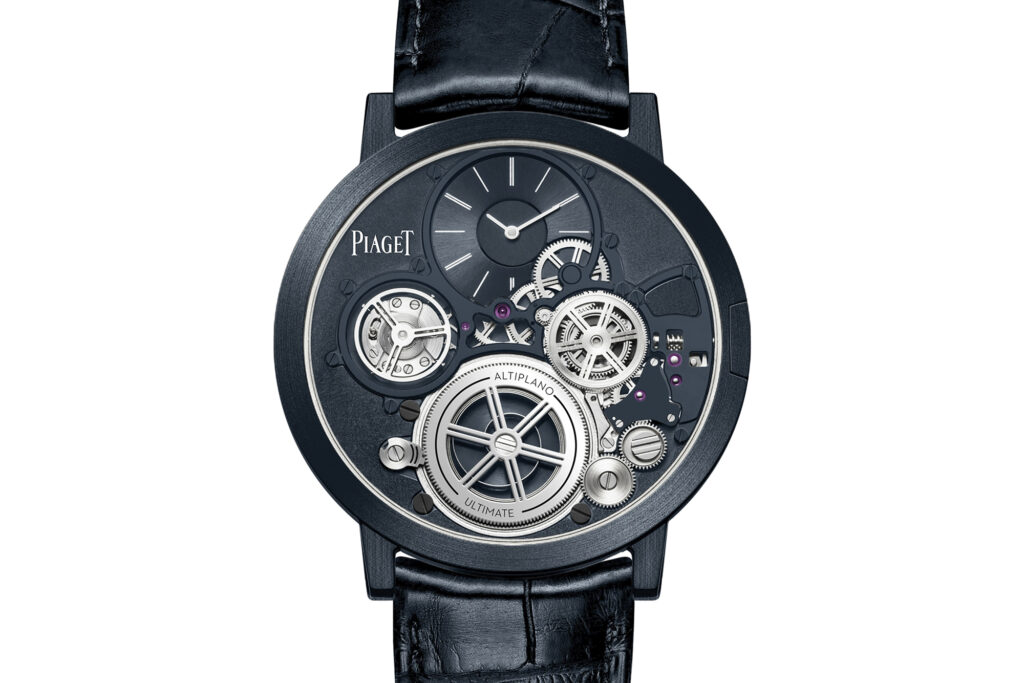
The 9P was followed in 1960 by another revelation: the 12P. The thinnest self-winding movement in the world, it was just 2.3 mm thick, with an off-centre 18K gold oscillating weight and some 40 hours of power reserve. And it was impressive for more than just its impossibly slim size. Piaget also ensured that it was just as, if not more, beautiful than any other high-end Swiss watch — with a movement painstakingly decorated with vertical côtes de Genève stripes, circular graining on the mainplate, and precisely bevelled bridges.
“This finesse became a brand signature,” says Forot, “and the style of Piaget watches appealed to a new clientele in the ‘60s and ‘70s.” Thanks to the use of colour, ornamental stone, and the mastery of gold work, Piaget reinvented the jewellery watch for men and women. The watch became not only a timepiece but also an object of style and status.”
“The challenge was a combination of constraints both technical and aesthetic. When we are required to add technical complexities to achieve hardness and thinness, it means we must pay even more attention to the aesthetic details.”
Rémi Jomard
Subsequent decades saw Piaget become known for its audacious sculptural designs — with models including the original, instantly recognizable 1979 Polo. By the 21st century, advancing technologies had allowed the brand to take yet another giant step. To celebrate its 140th anniversary in 2013, Piaget released the Altiplano 900P, the world’s thinnest mechanical watch with a case just 3.65 mm thick. As with the 9P, this hand-wound piece was followed by another superlative creation in 2017 when the brand revealed the Altiplano Ultimate Automatic 910P, the world’s thinnest automatic watch to date at just 4.3 mm thick. Finally, in 2018, Piaget unveiled its pièce de résistance: the Altiplano Ultimate Concept, securing a new world record at an unbelievably slight 2 mm. This feat, made possible by a case crafted from an ultra-rigid cobalt alloy, cemented Piaget’s place as one of the leading masters of thin movements in the new millennium.
“The challenge was a combination of constraints both technical and aesthetic,” says Rémi Jomard, Piaget’s director of products and innovation, describing the daunting task of creating a watch as thin as a one-dollar coin. “When we are required to add technical complexities to achieve hardness and thinness, it means we must pay even more attention to the aesthetic details. This makes it even more challenging.”
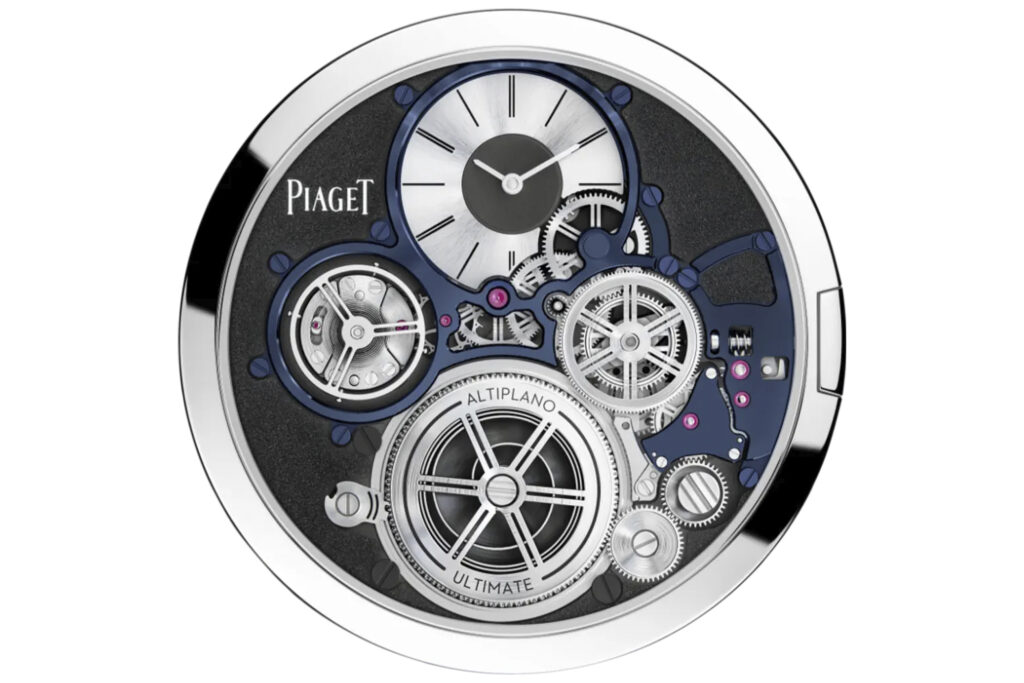
The lessons learned during the development of the ultra-thin Altiplano models helped Piaget’s watchmakers create the sleek profile of this year’s new Piaget Polo Perpetual Calendar Ultra-Thin. Jomard, however, is quick to add that this quest for thinness isn’t the brand’s be-all and end-all. “It’s always possible to go thinner,” he says, “but our goal is not to push for the record. It has to stay wearable and desirable.”
“Our goal is to be aesthetically elegant, technically extravagant, and vice versa.”
Rémi Jomard
As a result, Piaget is pushing forward on all fronts, launching Polo models that combine the brand’s trademark thinness with its distinctive eye for rich colours and precious materials as well as new jewellery watches inspired by the “free-form hyper-naturalism” of ‘60s and ‘70s designs.
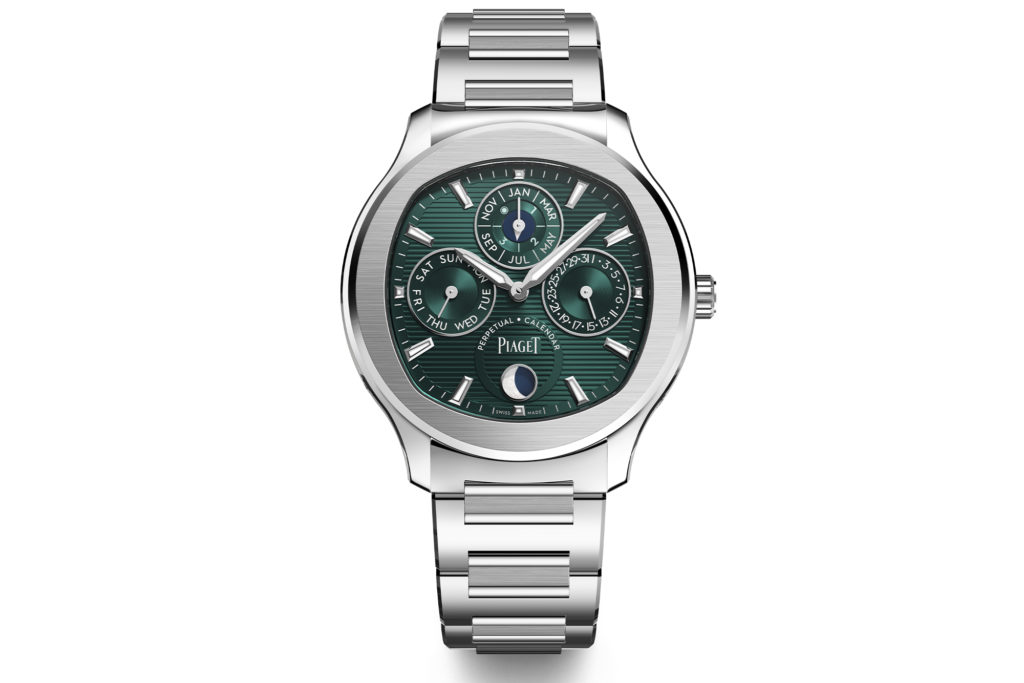
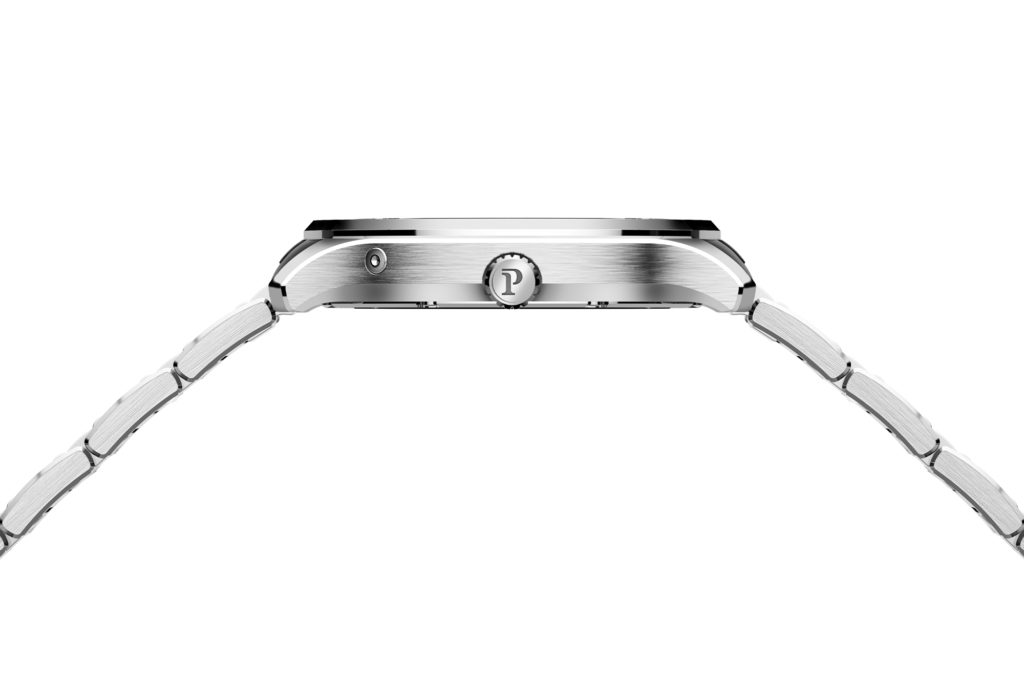
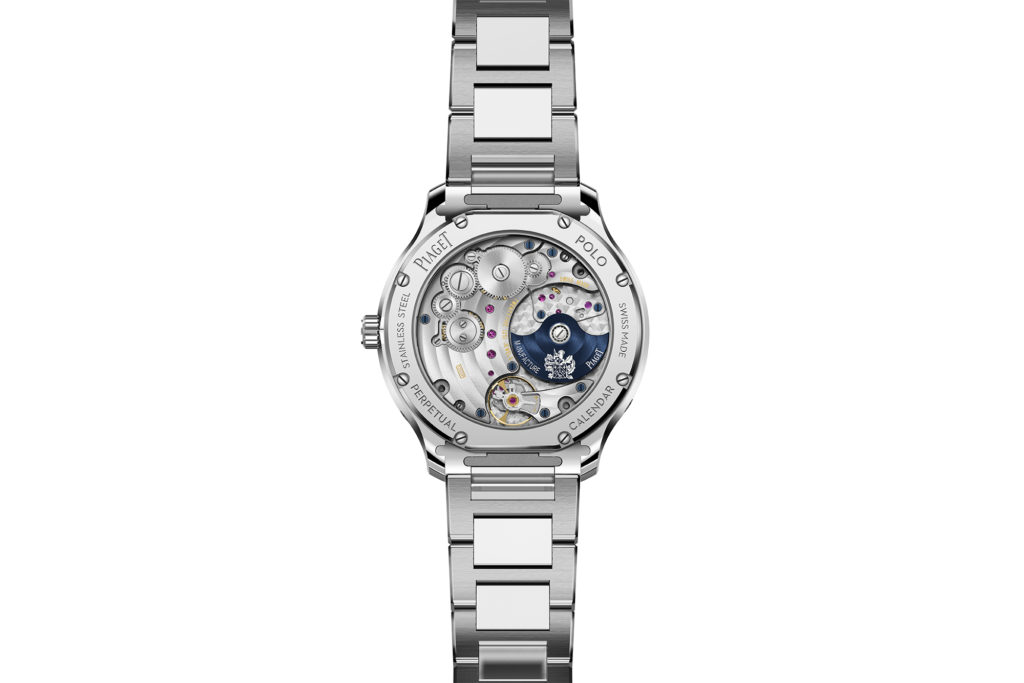
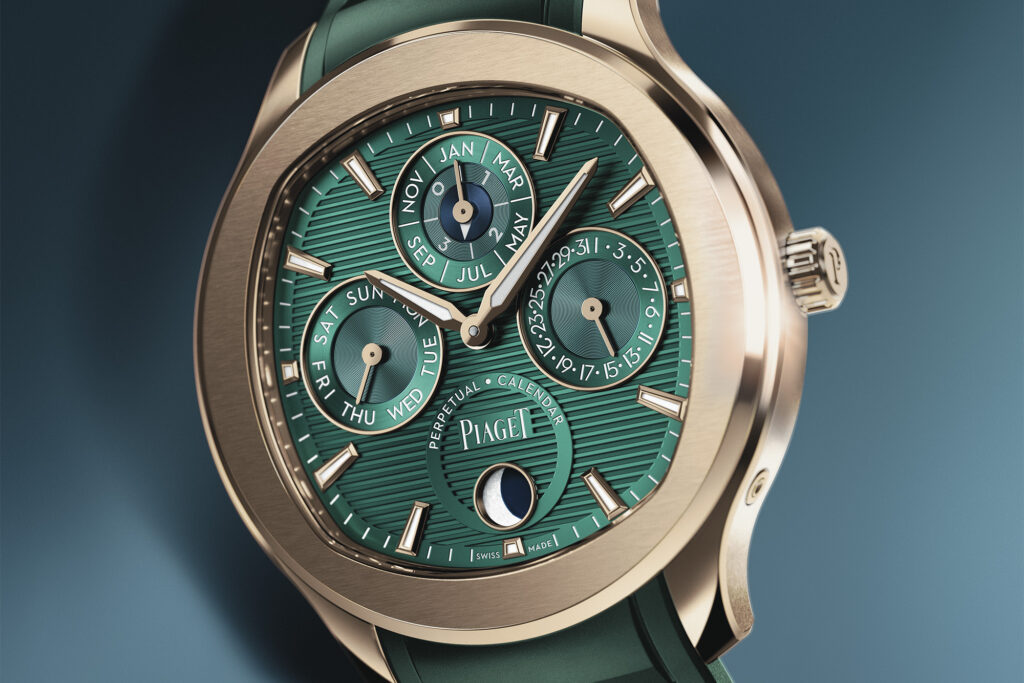
“We strive to be part of the happy few, to look for new technical solutions, to work with exclusive products that our clients will recognize, and most importantly to push our limits,” says Jomard. “Our goal is to be aesthetically elegant, technically extravagant, and vice versa.”
